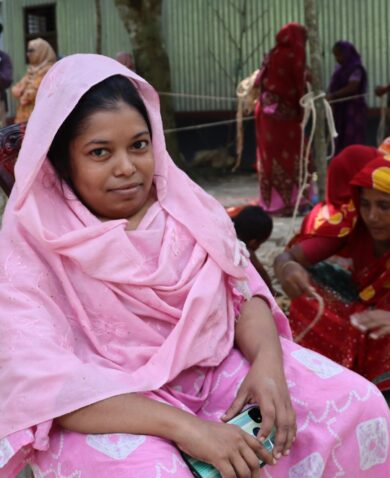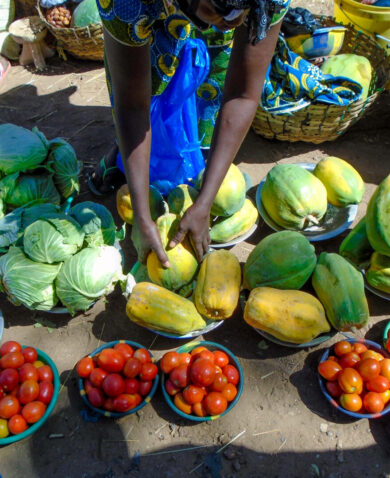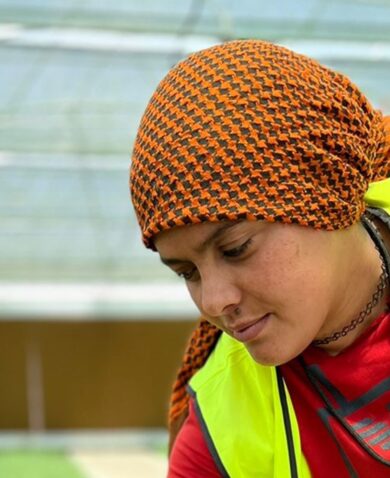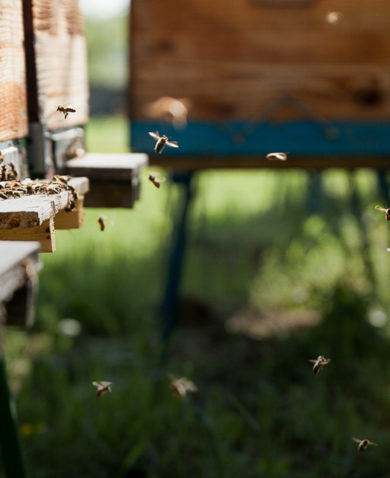The list of priorities provides an initial framework for the program and will lead to deeper discussions by the team to define each issue more clearly and suggest recommended actions. Also scheduled is a series of “luncheon lectures,” where participants will invite colleagues to bring further expertise to the conversation and possibly serve as future LEAD UG participants.
The vision for this new program, however, is not solely to obtain strategies for the agricultural sector. While the program does provide a platform for leaders to work collaboratively on agriculture issues, it also supports and reinforces participants’ existing management skills, leadership experience, and confidence to enhance their professional contributions and further accelerate their careers.
LEAD UG will provide opportunities for continuous professional development, personal growth, and community engagement to the participants. It will also offer state-of-the-art curricula in learning sessions facilitated by local and global subject matter experts, as well as trainers and coaches from a variety of disciplines.
LEAD UG’s cutting-edge approach to seeking agriculture solutions has already gained recognition and momentum. On June 20, 2016, LEAD UG was launched at an official event held in Kampala. Several high-level Ugandan and U.S. representatives attended the event, including Uganda President H.E. Yoweri K. Museveni, Ugandan Prime Minister Ruhakana Rugunda, U.S. Ambassador H.E. Deborah R. Malac, and USAID Deputy Mission Director Jo Lesser-Oltheten.
In her remarks at the launch, U.S. Ambassador Malac praised the program, saying, “Uganda — like all countries — needs leaders to inspire, to counsel, to advise, and to help leverage Uganda’s significant potential to use agricultural development as a means of propelling economic growth.”
LEAD UG is a component of the Enabling Environment for Agriculture Activity, which was established in 2013 as part of USAID’s Feed the Future Initiative. The five-year activity support Uganda’s development by helping to improve the enabling environment for agriculture production, trade, youth employment, and adaptation to climate change.
















































